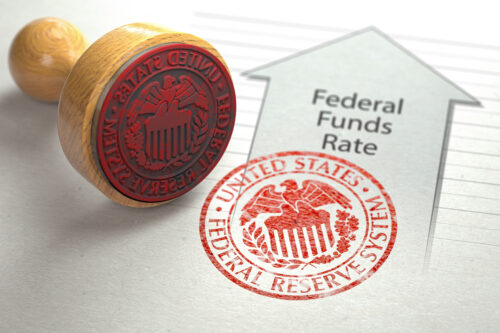
On March 16th, the Federal Reserve increased its federal funds rate from 0.25% to 0.50%, the first increase since 2018. This rate matters because it has a ripple effect on every aspect of consumers’ financial lives, from the annual percentage rate (APR) on credit cards to investment returns. While some investments, like bonds, react negatively to an increase in the benchmark interest rate, others thrive – like annuities. Keep in mind, there are hundreds if not thousands of annuities to choose from and they are not for everyone. Make sure to speak to your financial professional before considering adding an annuity to your portfolio.
Different Types of Annuities
- Fixed Annuity – The initial premium invested in a fixed annuity grows at a specific rate of interest for a specific time period. When the Federal Reserve raises its benchmark rate, the interest rate of fixed annuities typically follows suit, which results in better payouts for investors.
- Fixed-Indexed Annuities – Similar to fixed annuities, this investment credits interest as well, however, the yield is calculated based on the performance of a market index, such as the S&P 500. When the interest rate environment inches up, like it is doing now, the growth potential of this investment increases. Akin to fixed annuities, there is no loss of principal – even when the market index it is following loses value.
- Variable Annuities – These investments are more closely tied to equity markets because, traditionally, they hold contract assets in mutual-fund-like subaccounts. In this case, the operative term is “variable” because when equity markets fluctuate, so do the returns of variable annuities. Where the Fed Interest rate becomes important is if the contract owner adds, for a fee, a guaranteed living benefit rider that secures a separate income payout. Rising rates will give insurance companies more flexibility to increase payout rates on living benefits.
What’s Next for the Fed?
Federal Reserve policymakers will meet again in May to decide whether or not to increase the federal funds rate again. Since 2008, the rate has failed to get past 2.50% before tapering back down to zero. Prior to the Great Recession, the rate once approached 20 percent, as shown in the chart below.
With inflation at its highest point in four decades (7.9%), the Federal Reserve is projecting to counter aggressively through seven total rate hikes this year that would reach 2.00%.
If you are considering adding an annuity to your portfolio, an increasing interest rate environment should help bolster the balance sheets of the insurance companies who offer them, resulting in more competitive products with higher crediting rates.